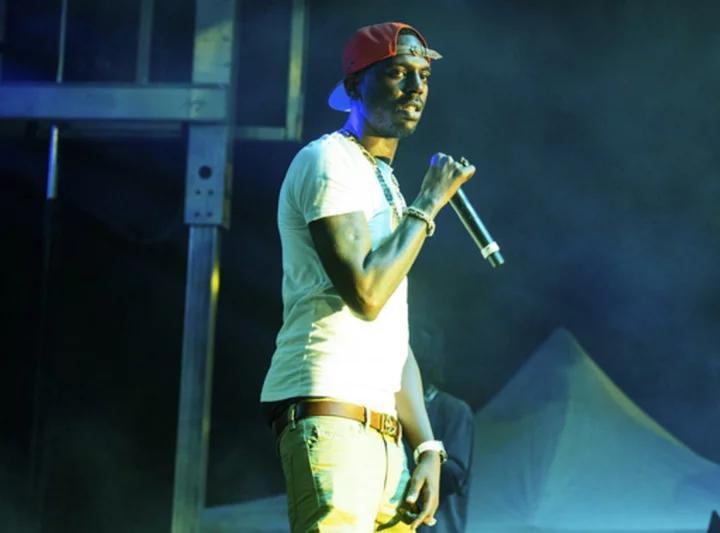Warning: This article contains a recollection of crime and can be triggering to some, readers' discretion advised.
If you or someone you know is considering suicide, please contact the National Suicide Hotline at 1-800-273-TALK (8255).
LOS ANGELES, CALIFORNIA: At a time when psychological thrillers have found a new generational fan base and crime documentaries are becoming the new in-thing, Tom Holland's upcoming miniseries ‘The Crowded Room’ can easily claim a spot of becoming the new favorite. However, to term Holland’s character Danny Sullivan in Apple TV+‘s ‘The Crowded Room’ as fictional will be untrue as it is largely inspired by Billy Milligan, who shook the nation in the 1970s with his highly publicized court case.
The non-fiction book ‘The Minds of Billy Milligan’ written by Daniel Keyes serves as the primary inspiration behind the television miniseries that is all set to drop on June 9 on Apple TV+. However, the most interesting facet of the show is that this is the story of no ordinary killer or criminal; rather it is the story of a man who claimed that his alternate personalities were responsible for the crimes he committed.
RELATED ARTICLES
Tom Holland to return as Spider-Man for new trilogy?
Tom Holland says it took him long to 'get back to reality' after filming 'The Crowded Room'
The traumatic childhood
In a plot that unfolds not unlike a Sidney Sheldon novel, the roots of Billy’s story are hidden in his childhood. He was born on February 14, 1955, to Dorothy Pauline Sands and Johnny Morrison. Morrison suffered from depression and he was also an acute alcoholic, who eventually committed suicide, as per the book. To Billy, who was hardly four then, his father’s death left him in extreme shock. His mother, on the other hand, married and divorced once again before marrying Chalmer Milligan.
Billy was allegedly abused as a child by his stepfather, Chalmer Milligan, as per Esquire. To cope with the rapidly changing antagonistic surroundings, Billy’s psyche is said to have separated into 10 different personalities, which eventually became a total of 24 personalities. According to some stories, Billy might have developed his dissociative identity disorder as early as the age of five. His numerous crimes throughout the 1970s landed him in trouble with the law. However, he also became the first person to be ruled not guilty during his trial because of his dissociative identity disorder.
The arrest and trial
Billy was arrested and imprisoned in the Lebanon Correctional Institution in Ohio for charges of rape and armed robbery in 1975. Even though he was released on parole in 1977, he was arrested again in October of the same year for raping three women on the Ohio State University campus. He was identified using various circumstantial evidence including the guns used by him. According to Keyes, he was charged with "three counts of [kidnapping], three counts of aggravated robbery and four counts of rape."
While he was waiting for trial, psychologist Dr Willis C Driscoll diagnosed Billy with acute schizophrenia. Later he was also diagnosed with dissociative identity disorder. Hence, Billy pleaded on the grounds of insanity, and was committed "until such time as he regains sanity".
Among his 24 identities were Arthur, an Englishman, an expert in science, medicine, and hematology; Allen, who was a manipulator; Tommy, an escape artist, and technophile; Ragen Vadascovinich, a Yugoslav communist; and Adalana, a 19-year-old lesbian. Among them, Milligan claimed Ragen was the one responsible for the robberies and Adalana committed the rapes. Milligan was released in 1988 owing to his psychological instability and died of cancer in 2014.









